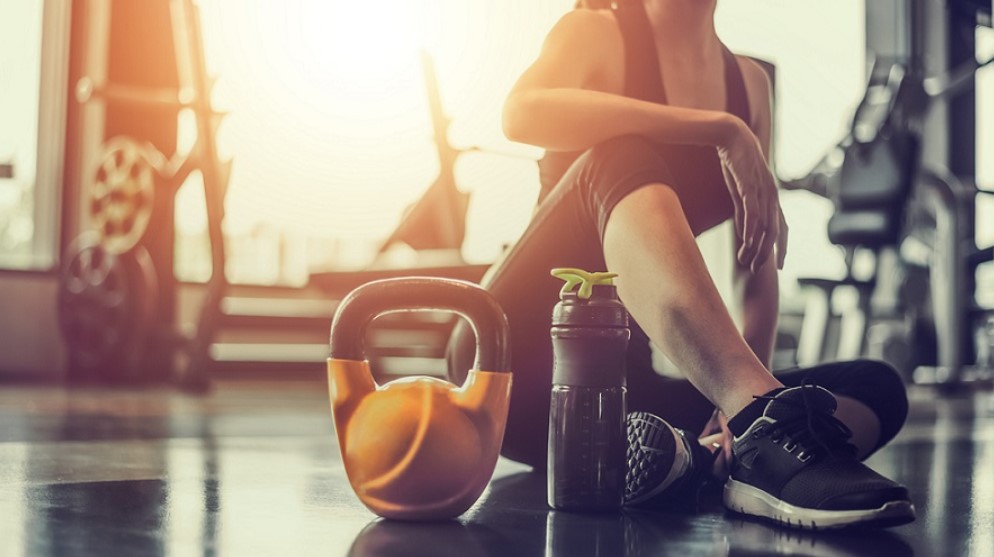A Top Trainer Shared His Workout for Building ‘Boulder Shoulders’
In a new video on the Athlean-X channel, strength coach Jeff Cavaliere C.S.C.S. demonstrates a series of exercises that he says will help you build "boulder shoulders" by recruiting all three heads of the deltoid muscle.
He starts off with the dumbbell seesaw press, an alternating overhead press variation where you push one arm up as you're pulling the other down. "Neurologically, we actually function as push-pull machines, so we can get better output by pulling down while we're trying to push up," says Cavaliere.
He recommends doing this for 4 sets, starting with a weight where you can reach failure in the 8 to 10 rep range, then switching to a weight where you'll fail at 6 to 8 reps for the second, third and fourth sets. Then when you're hitting fatigue after the fourth set, finish off by dropping one of the dumbbells and perform over-and-backs, using a little momentum from your legs.
Next up, he demonstrates the cable side lateral row, pulling out across the body and out into abduction, hitting the middle delt. If you don't have access to a cable machine, you can recreate the same pattern of movement with a side-lying lateral raise. Cavaliere prescribes 3 sets of 8 to 10 on each arm. "No need to rest in between; as you're working one arm, you're resting the other," he says.
To hit the rear delt, Cavaliere uses the hip hugger, holding a pair of dumbbells at his side and then bringing them up and behind the body, squeezing at the top. Another rear delt builder, and a staple in Cavaliere's workouts, is the face pull. The key to this movement is to get the elbows level with or back behind the body.
Finally, Cavaliere works the front delt with a stretch front raise performed at an incline. "We can elicit a stronger contraction just by dropping those arms down, which naturally puts them into extension because of the angle of the incline bench," he explains. An alternative to this is the cable stretch front raise. Once again, perform 8 to 10 reps for 3 sets.
This content is created and maintained by a third party, and imported onto this page to help users provide their email addresses. You may be able to find more information about this and similar content at piano.io


:quality(70)/cloudfront-us-east-1.images.arcpublishing.com/tronc/WZGIWSRHQNAZ5B7LAEQTNUHSSI.JPG)